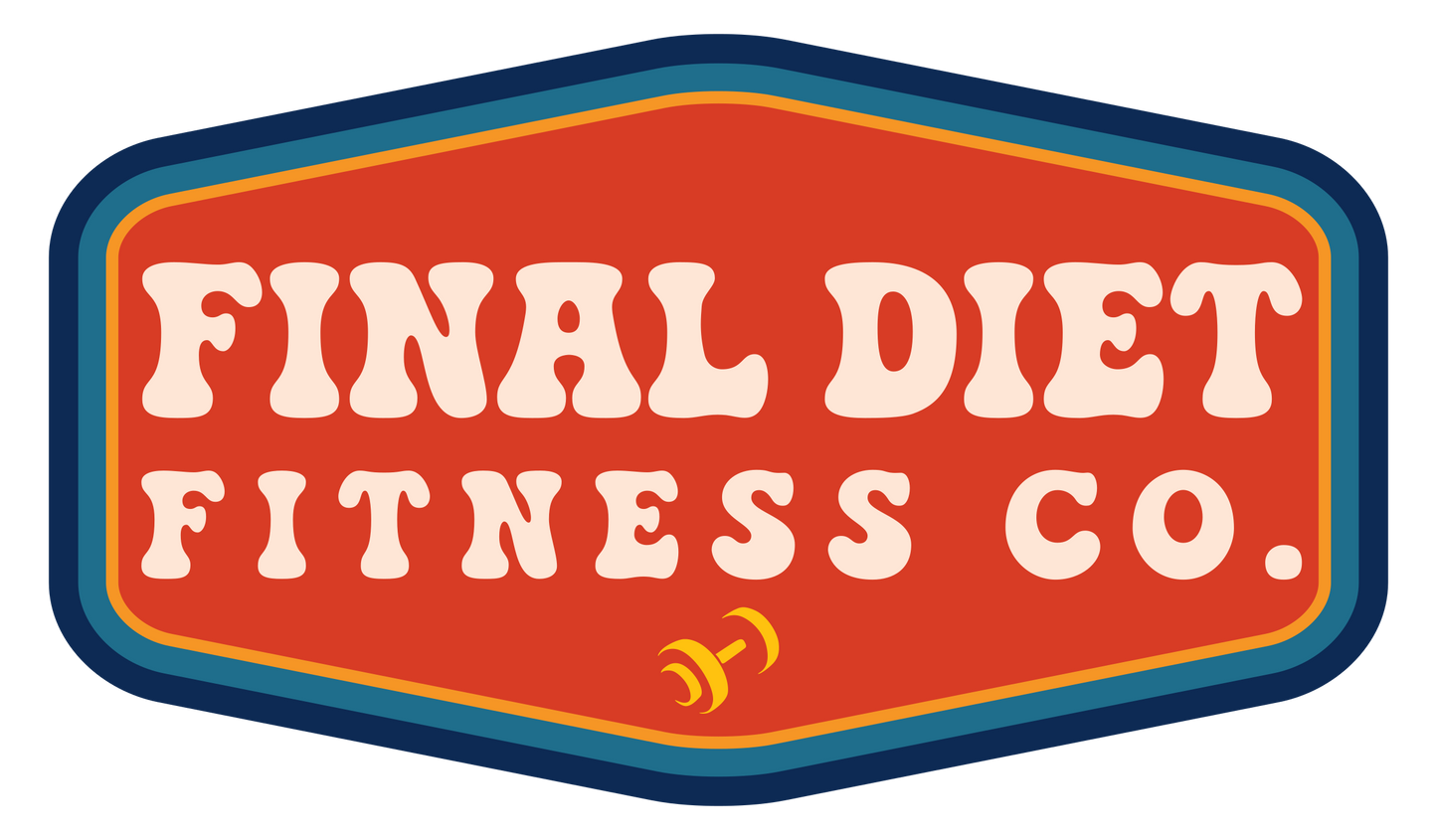
TL;DR (Quick Answer)
- Zone 2 = easy/moderate cardio — you can hold a conversation but still feel like you’re working.
- Benefits: builds endurance, burns fat, strengthens your heart, improves recovery, and supports longevity.
- Do 2–4 sessions per week, 30–60 minutes each.
- Great for all ages and fitness levels, especially beginners.
- Can be done walking, cycling, rowing, jogging — doesn’t have to be intense.
What is Zone 2 training?
Zone 2 is a cardio “sweet spot”: low-to-moderate intensity where your body uses mostly fat for fuel.
How to know if you’re in Zone 2:
- You can talk in full sentences, but singing would be tough.
- Heart rate is usually 60–70% of your max (for many people: 110–140 bpm).
- Feels like a “brisk walk” or light jog, not a sprint.
Why Zone 2 matters
Most people think harder is always better. But research shows steady, easy cardio has unique benefits:
- Better fat-burning — Zone 2 improves your body’s ability to use fat for energy.
- Stronger heart & mitochondria — It builds endurance at the cellular level, making you more efficient.
- Faster recovery — It boosts circulation without draining your energy.
- Supports strength training — Improves conditioning so you recover between sets and workouts.
- Longevity benefits — Linked to lower disease risk and healthier aging.
How to do Zone 2 training
- Choose your activity: brisk walking, light jogging, cycling, swimming, rowing, or elliptical.
- Go for 30–60 minutes per session. Beginners can start with 10–20 minutes and build up.
- Frequency: aim for 2–4 sessions per week.
Tracking options:
- Heart rate monitor: stay around 60–70% of your max.
- “Talk test”: if you can talk but not sing, you’re in the right spot.
How Zone 2 fits with other training
- Strength training focus? Add Zone 2 on rest days or after lifting.
- Endurance focus? Zone 2 should make up the bulk of your cardio base, with higher-intensity sessions sprinkled in.
- Busy schedule? Even 15–20 minutes of walking after meals can add up and improve your conditioning.
Common mistakes
- Going too hard (ending up in Zone 3). Remember, Zone 2 should feel sustainable.
- Skipping it because it feels “too easy.” Easy doesn’t mean ineffective.
- Ignoring progression — start short and build up duration gradually.
Key takeaway
Zone 2 training is simple, low-stress cardio that pays off with better endurance, fat-burning, recovery, and long-term health. It’s not about grinding harder — it’s about building a strong aerobic foundation that supports everything else you do.
References
- Brooks GA, Mercier J. Balance of carbohydrate and lipid utilization during exercise: the “crossover” concept. J Appl Physiol. 1994;76(6):2253–2261.
- Holloszy JO. Biochemical adaptations in muscle. J Biol Chem. 1967;242(9):2278–2282.
- Wisloff U, et al. Cardiovascular risk reduction with aerobic exercise in patients with metabolic syndrome. Circulation. 2007;115(24):3086–3094.
- Laursen PB, Jenkins DG. The scientific basis for high-intensity interval training: optimising training programmes and maximising performance. Sports Med. 2002;32(1):53–73.
- Seiler S. What is best practice for training intensity and duration distribution in endurance athletes? Int J Sports Physiol Perform. 2010;5(3):276–291.
- San-Millán I, Brooks GA. Assessment of metabolic flexibility by graded exercise testing reveals insights into energy metabolism. Sports Med. 2018;48(4):817–826.
